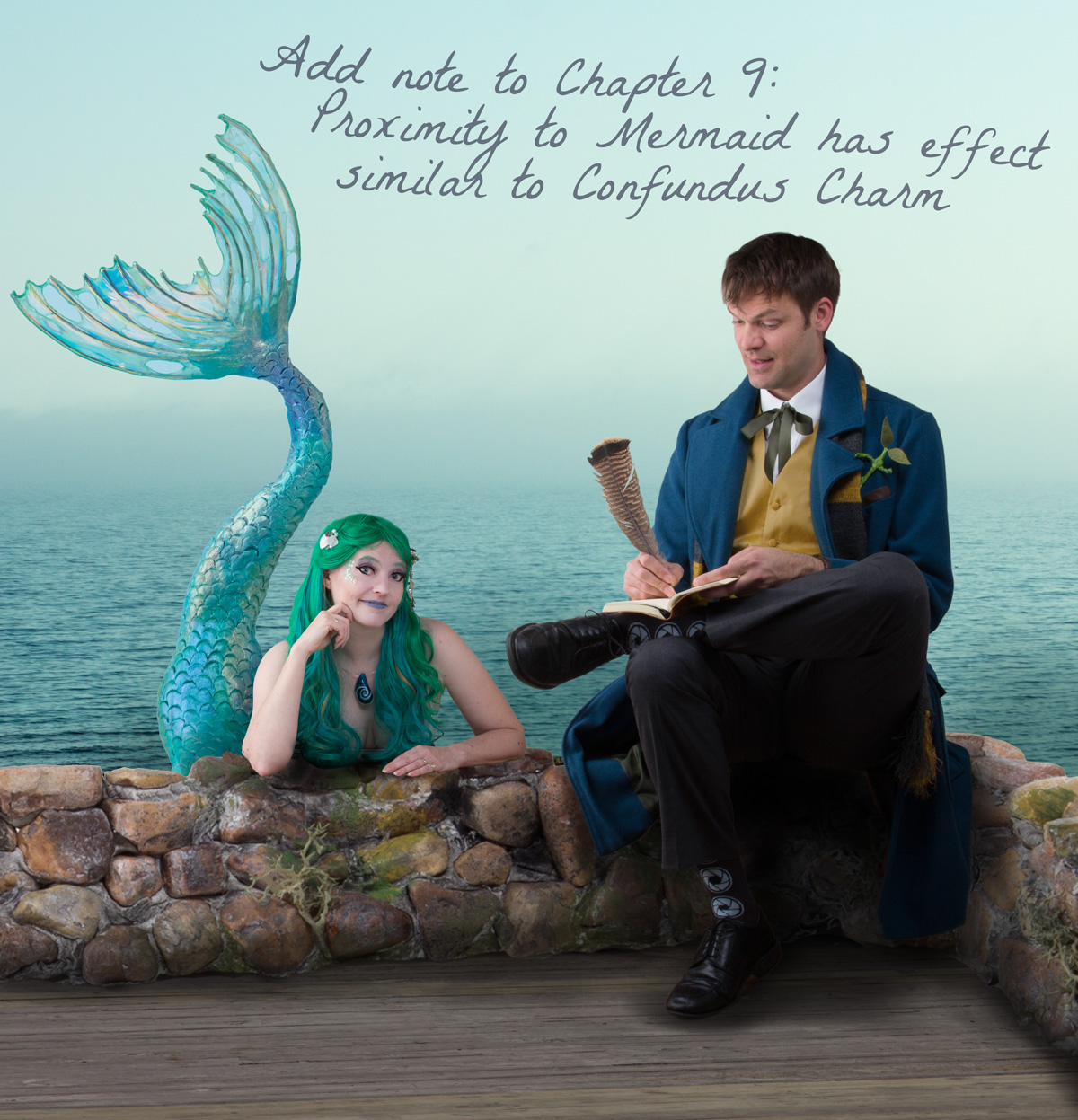A whale of a design.
I think it’s fun once in a while to talk about a design and how I put it together. When I teach classes, this is an exercise that we often do: deconstructing a design so you can understand how it goes together.
One of the recent design challenges at Spoonflower was a limited color palette design. There was no theme, just a set of colors to use in your design: navy, orchid pink, maroon and black or white. I am not sure where my humpback whales inspiration came from, but when I posted the challenge on Facebook many of you also had watery/nautical suggestions: lighthouses, coral, semaphore flags. So we were all on a similar wavelength. I didn’t actually love this color combination. I am not a real fan of red and I do not like that orchid pink at all. So I knew I had to do a design that was primarily navy.
I decided to draw the whales by hand. I like to draw on plain cardstock and for this I used a black rollerball pen. I drew each of the whales on a separate sheet and didn’t worry about what the repeat was going to look like yet. I only drew the outline and filled in the solid black part of each one in Photoshop. (It was easier to do it that way than color it in with a sharpie.) For inspiration, I did a google image search of humpback whales. I like to bring up a bunch of pictures, spend some time studying them and then go draw without the photos in front of me. Details I noticed about humpbacks were the distinct stripes on their bellies, bumps on their “nose” and fins, and the fact that I think they always look like they are smiling. I scanned the whales after I drew them.
For the background I looked up a repeating “zentangle” pattern on Pinterest and sort of followed the directions. I wanted the background to also be handdrawn to match the style of the whales. I drew it originally in black on white, but realized as I put this together that I needed it to be white lines on a dark background, so I ended up using the invert filter in Photoshop once I had it all done.
The most time consuming part of this was making that background pattern seamless and matching up all of the lines so you couldn’t see breaks or gaps. If you have done any experiments with seamless patterns, you have probably seen tutorials about cutting a piece of paper and taping it back together again to make a seamless pattern. I just watched a Facebook Live post by Spoonflower doing this same technique. That’s exactly what I did with this one, but I realized after I did it that it is nowhere near as easy as those tutorials make it look. (Spoiler alert: I am planning to make that the focus of my next online class: how to finish a design done that way and why it sometimes still doesn’t look seamless.)
When I layered these elements together (waves, whales, fish) I realized that the fish and whales needed to pop out from the background just a tiny bit more, so I added a white stroke (outline) around all of them.
I didn’t worry about arranging all of the pieces until I had the colors and layers all figured out. There’s a lot of math/planning to do when you are figuring out how to make layers work together. My waves background was drawn on an 8×10 rectangle, so the rest of my design also had to fit proportionally in an 8×10 rectangle. (I wouldn’t be able to make it a square without distorting the design or cropping, which would make it no longer seamless). I did a lot of tests to check the repeat on a much larger canvas to make sure I liked the way it was repeating and about midway through I drew a few more fish because with the very large whales and very small fish it wasn’t feeling balanced.
Here is the 8×8 inch swatch of fabric that I got to check out the design. You can see only a bit of a whale chin. I made this a large repeat, which seemed appropriate for whales so you can only see a bit when you only print a swatch. I think it will make really cute tote bags with just a whale or two on each side. I am planning to order some of this design on canvas later this week to try that out.



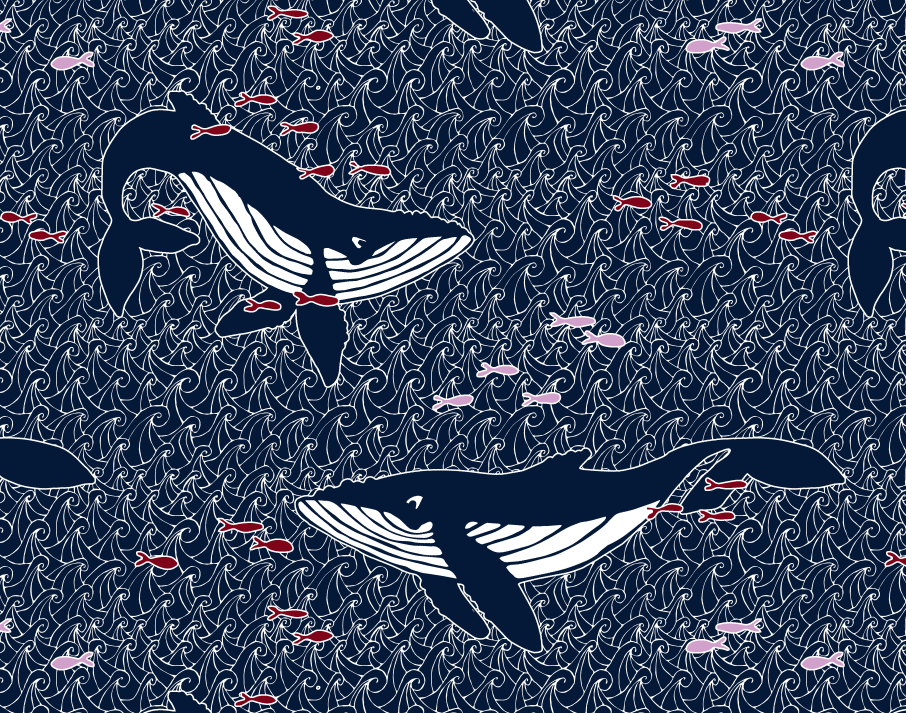

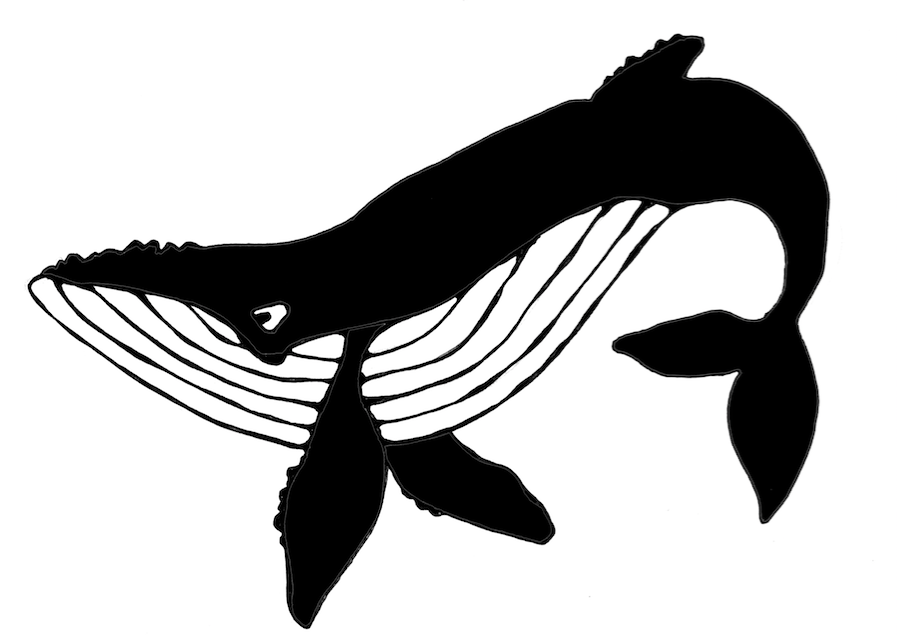
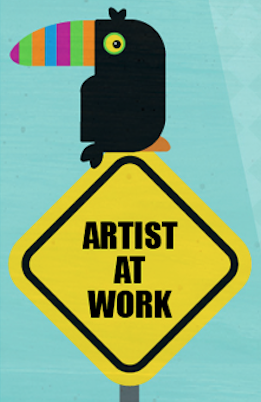
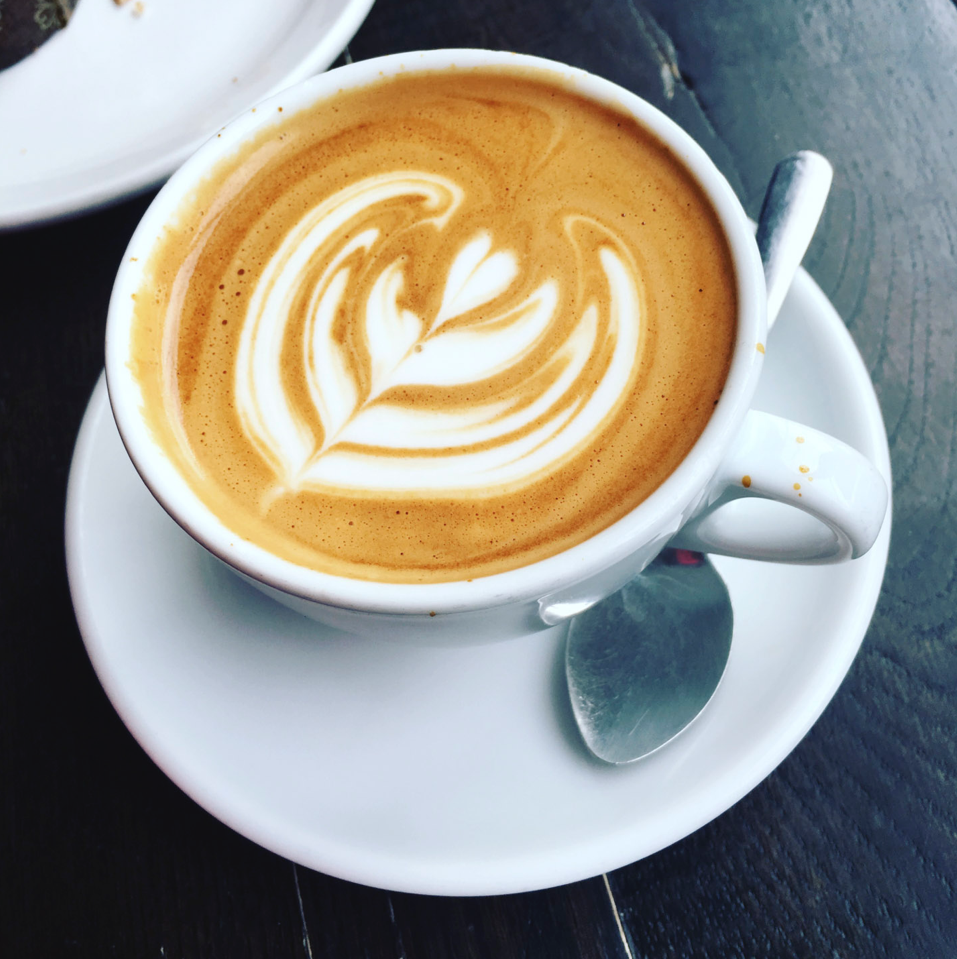 It’s been 3-and-a-little-bit years now that I have been doing this gig as a full-time artist instead of trying to squeeze in some art around a full-time job. There are a lot of things about it that I love and I am feeling like my system (Etsy + teaching + exhibiting/grant projects) is working for me and my little business is keeping me busy and sustaining itself. Let’s be honest, I am not making enough to retire on, but I am making enough to not need to wonder if I need to be out job hunting because I need the steady paycheck.
It’s been 3-and-a-little-bit years now that I have been doing this gig as a full-time artist instead of trying to squeeze in some art around a full-time job. There are a lot of things about it that I love and I am feeling like my system (Etsy + teaching + exhibiting/grant projects) is working for me and my little business is keeping me busy and sustaining itself. Let’s be honest, I am not making enough to retire on, but I am making enough to not need to wonder if I need to be out job hunting because I need the steady paycheck.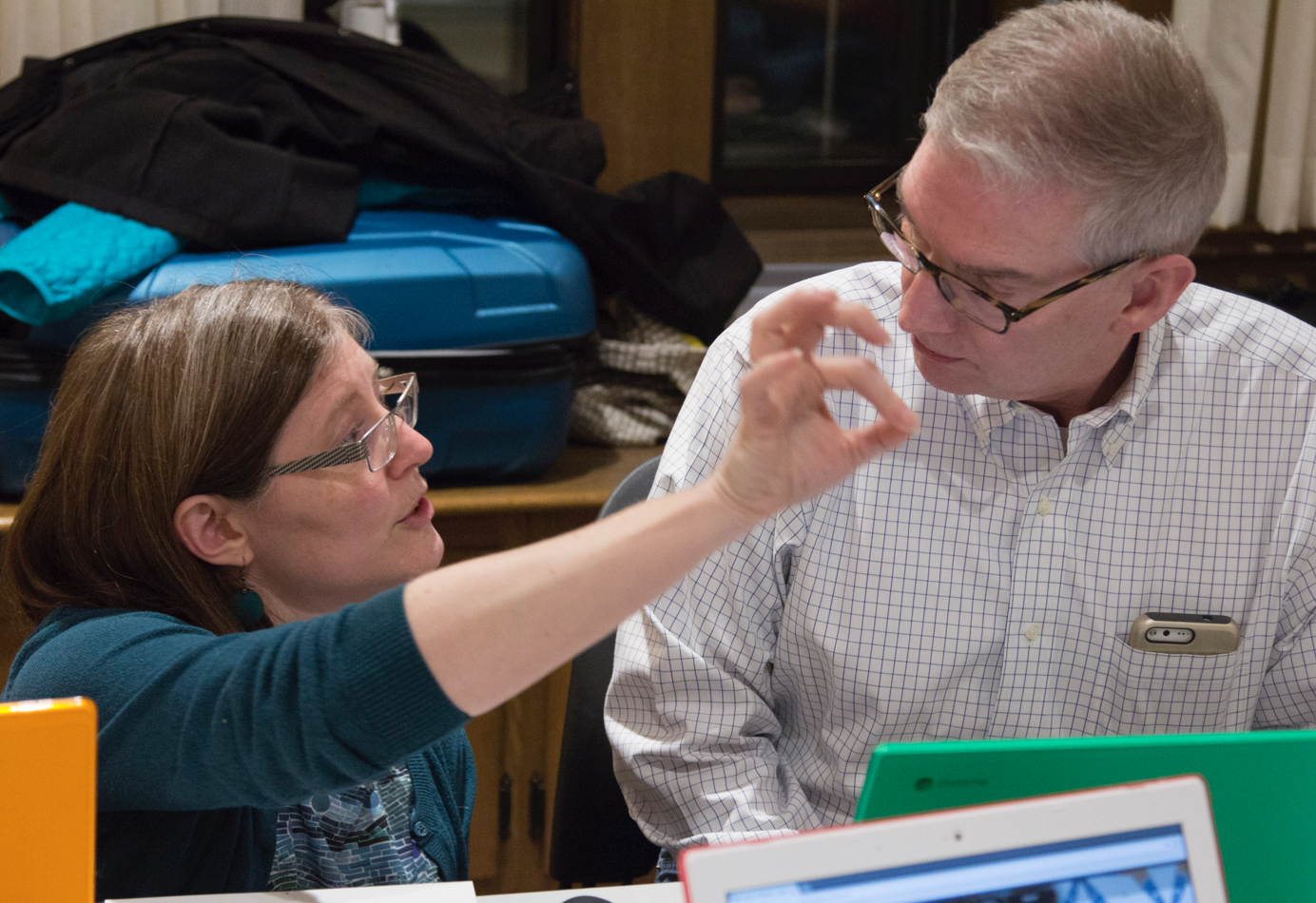 There is a marketing tenant that says that 80% of your social media presence should be “lifestyle”. Things that are related to the brand you want to convey but aren’t all all “me me ME!” posts. People get bored with “buy my thing” posts all the time, so you have to engage them in other ways. I totally get that. I unfollow accounts that are constant sales announcements and I bet you do too. But there is also another marketing rule that says you have to get your stuff in front of people 7 times before it makes an impact. ie. You would have to see my zipper bags on Instagram seven times before you would be motivated to do something (click through, buy one, share it or whatever) If we do the math on all of that quick, that means I need to post 28 things that are not zipper bags (and not necessarily about me but about the lifestyle) for every 7 posts that are that zipper bag. I am just exhausted typing that sentence.
There is a marketing tenant that says that 80% of your social media presence should be “lifestyle”. Things that are related to the brand you want to convey but aren’t all all “me me ME!” posts. People get bored with “buy my thing” posts all the time, so you have to engage them in other ways. I totally get that. I unfollow accounts that are constant sales announcements and I bet you do too. But there is also another marketing rule that says you have to get your stuff in front of people 7 times before it makes an impact. ie. You would have to see my zipper bags on Instagram seven times before you would be motivated to do something (click through, buy one, share it or whatever) If we do the math on all of that quick, that means I need to post 28 things that are not zipper bags (and not necessarily about me but about the lifestyle) for every 7 posts that are that zipper bag. I am just exhausted typing that sentence.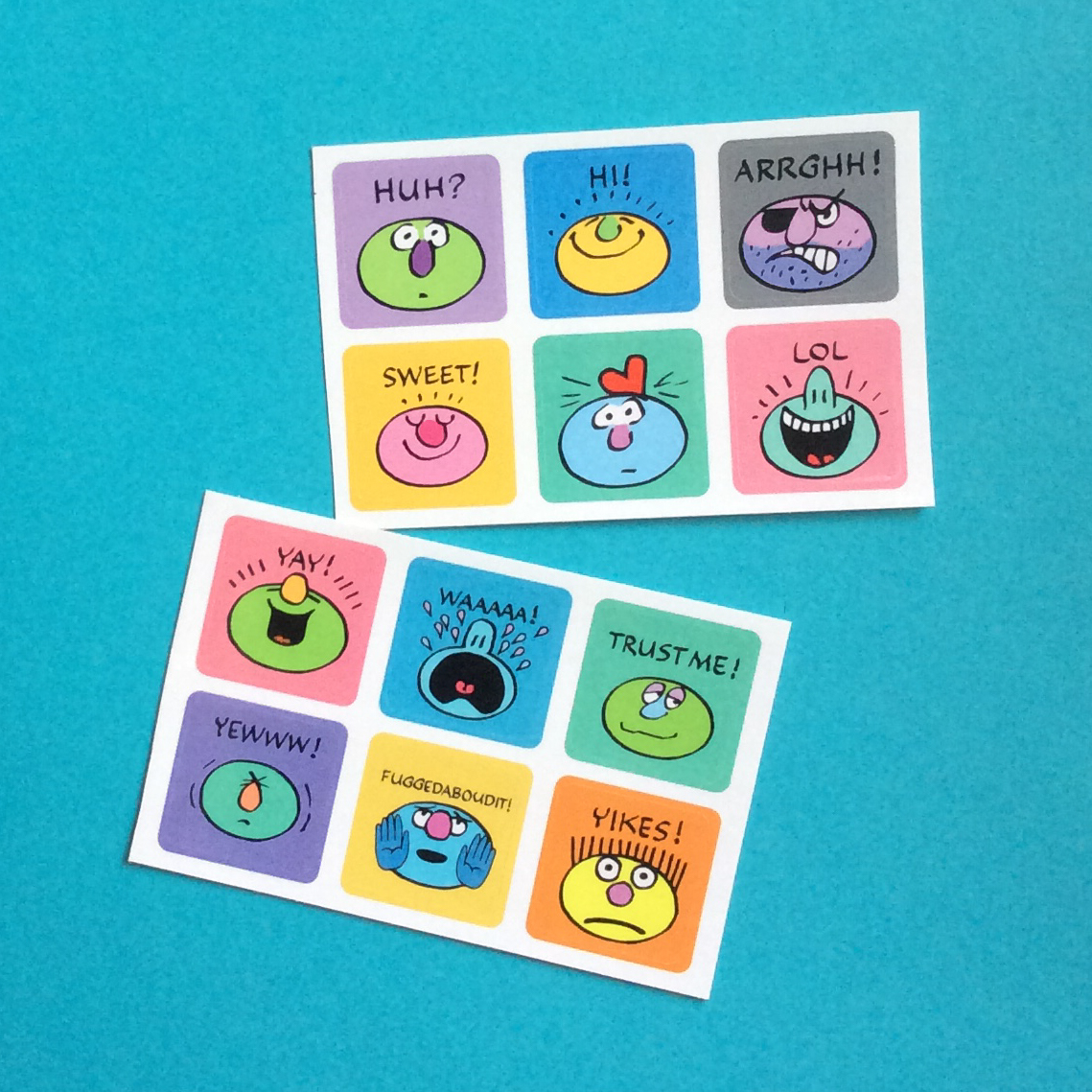
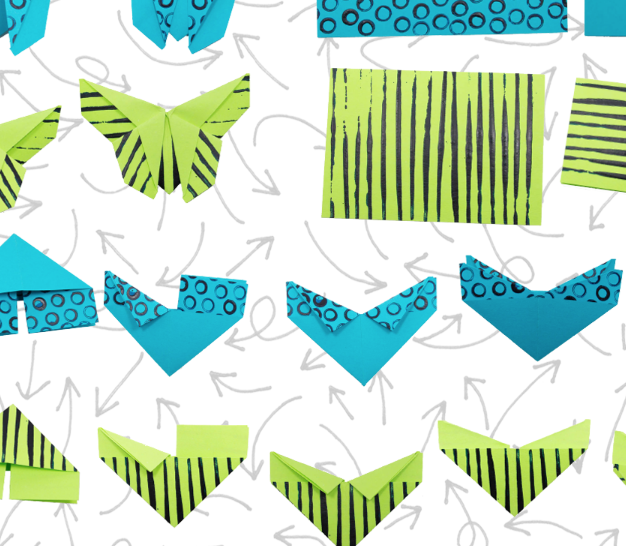
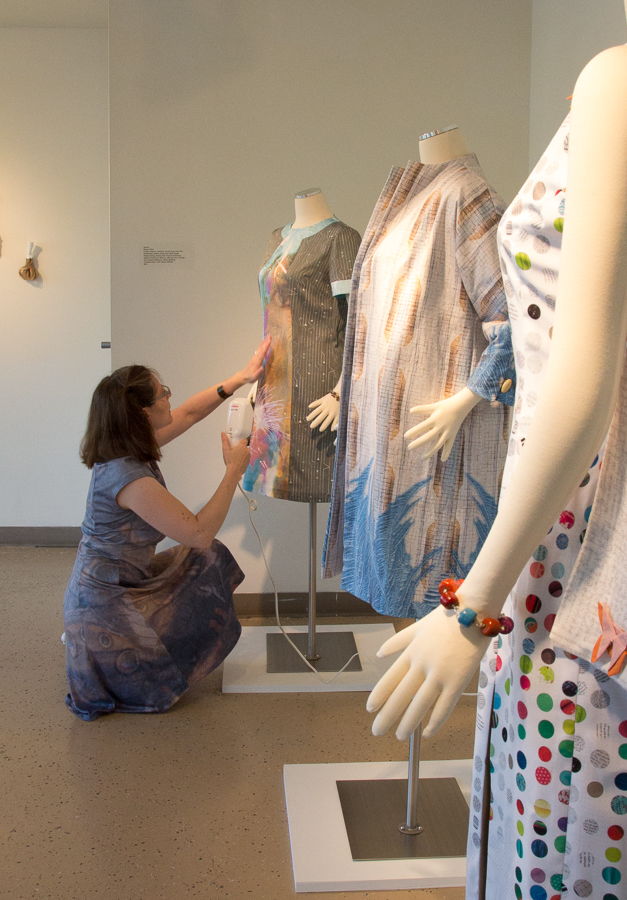





 When I looked at my best sellers for 2017, it wasn’t just generic knitting bags, it was overwhelmingly knitting or crochet mashed up with sci-fi. So that’s what I am going to do with the oboe. Celebrate the oboe geeks! Having been married to an oboist for 20+ years, I am always looking for oboe themed stocking stuffers and little gifts and they just aren’t out there (or they are designed by people who think the oboe is just another kind of clarinet).
When I looked at my best sellers for 2017, it wasn’t just generic knitting bags, it was overwhelmingly knitting or crochet mashed up with sci-fi. So that’s what I am going to do with the oboe. Celebrate the oboe geeks! Having been married to an oboist for 20+ years, I am always looking for oboe themed stocking stuffers and little gifts and they just aren’t out there (or they are designed by people who think the oboe is just another kind of clarinet).


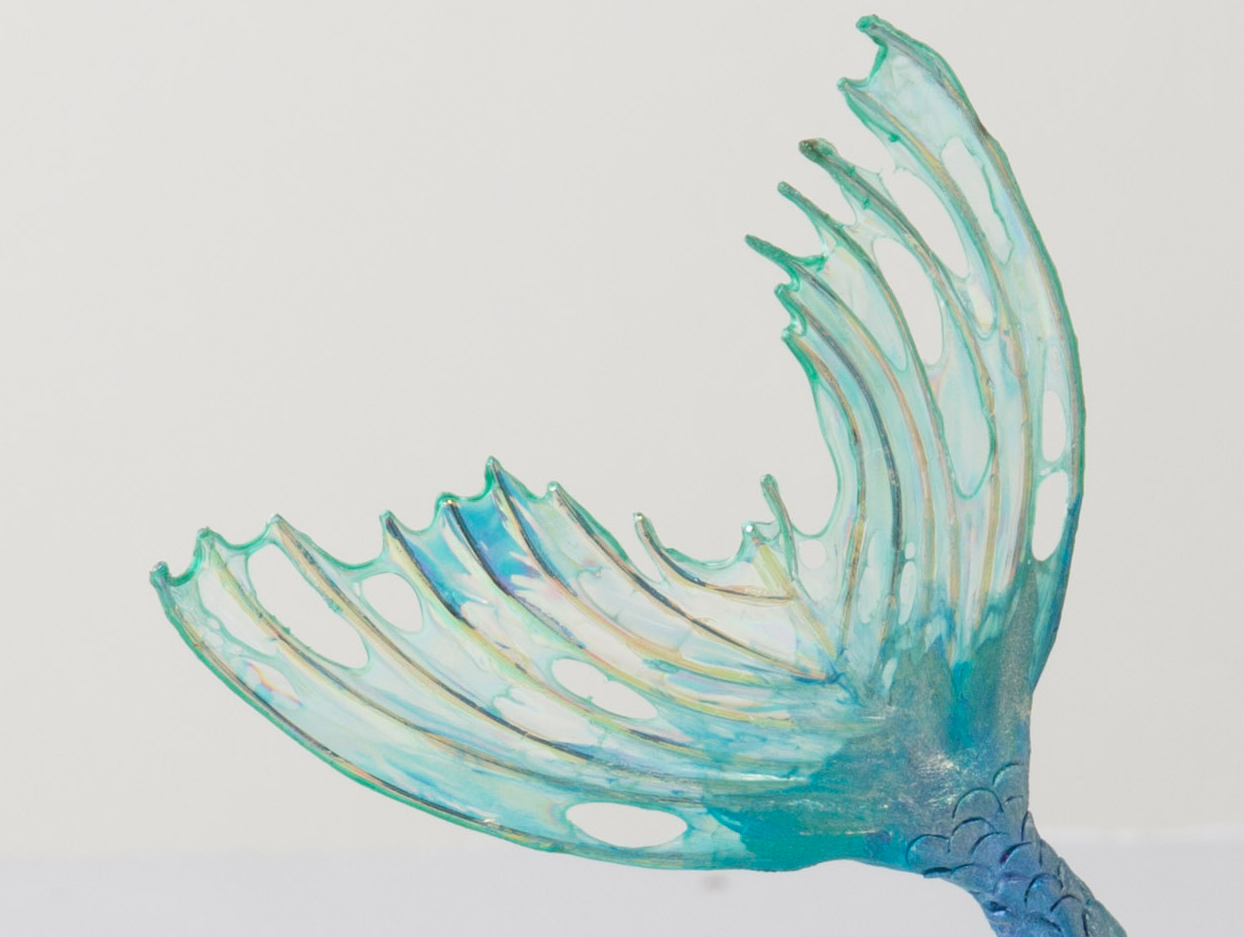
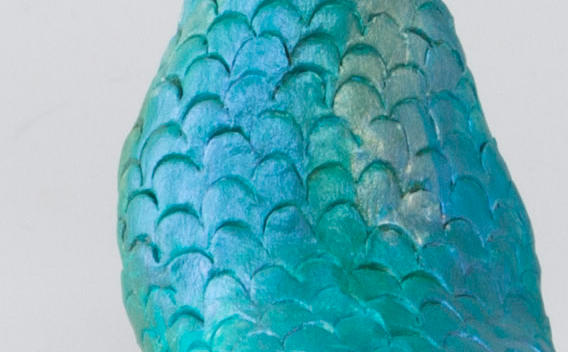
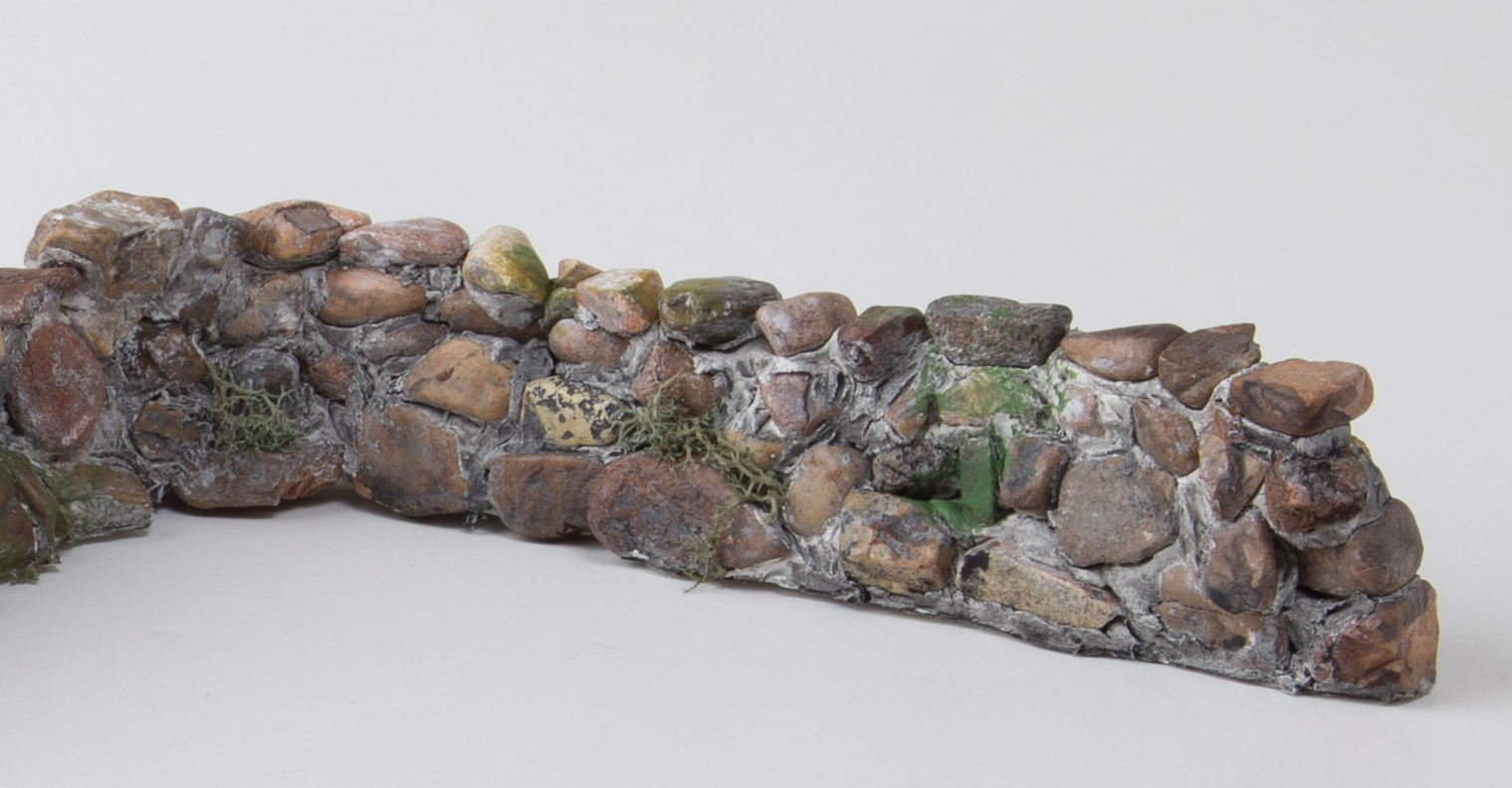

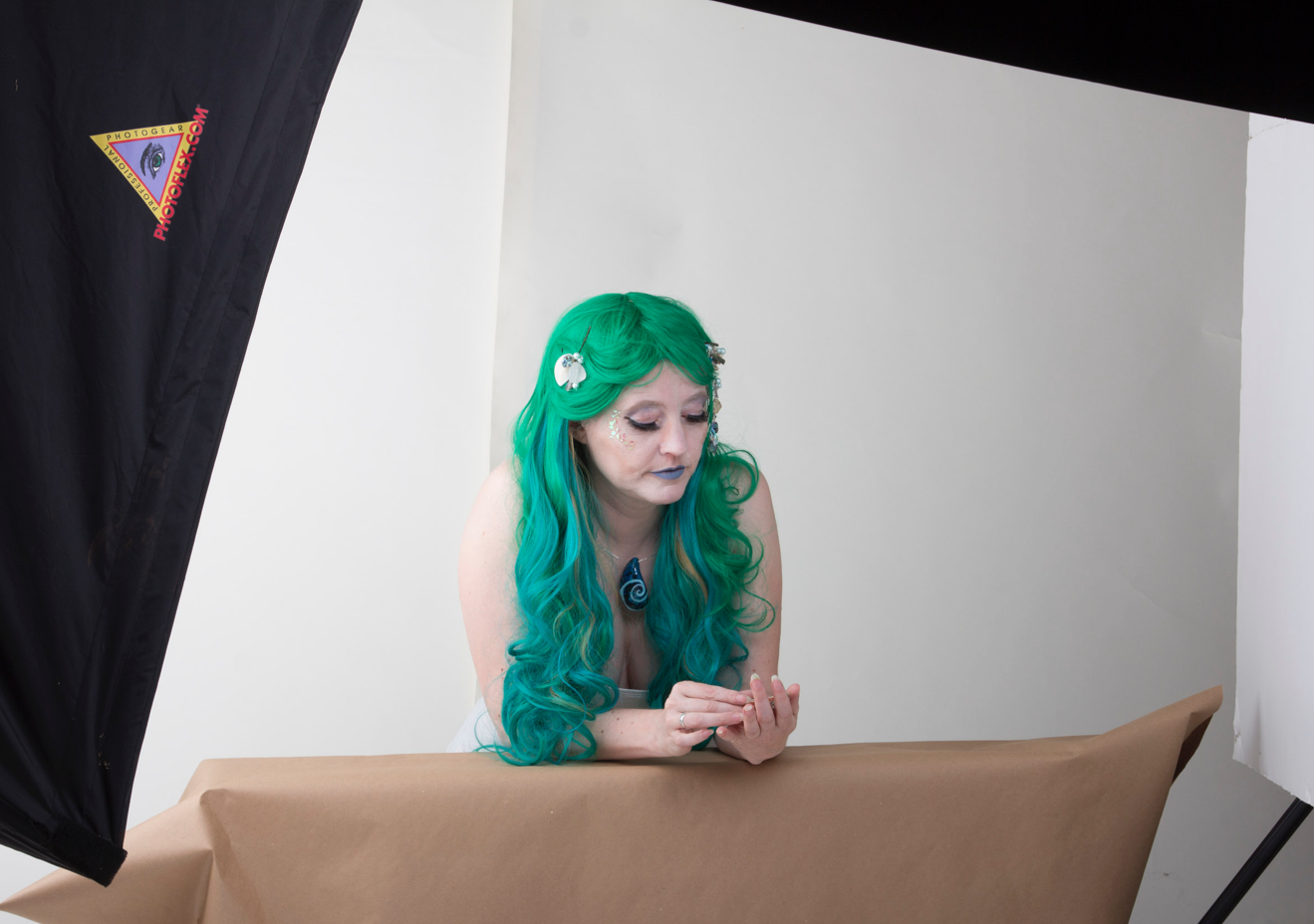 The photos of us were taken one at a time with pretty low-effort costumes. I had an awesome turquoisy-green wig, a few sequin scales glued to my face with honey, and some seashells on bobby pins in my hair. The honey sounds crazy, but latex makes me itch and many costume adhesives have latex. Honey worked perfectly for both the scales and to stick on some long false eyelashes. Andy’s costume was a lucky clearance sale find for the coat and bits and pieces of his own clothes. We recycled his vest from
The photos of us were taken one at a time with pretty low-effort costumes. I had an awesome turquoisy-green wig, a few sequin scales glued to my face with honey, and some seashells on bobby pins in my hair. The honey sounds crazy, but latex makes me itch and many costume adhesives have latex. Honey worked perfectly for both the scales and to stick on some long false eyelashes. Andy’s costume was a lucky clearance sale find for the coat and bits and pieces of his own clothes. We recycled his vest from 